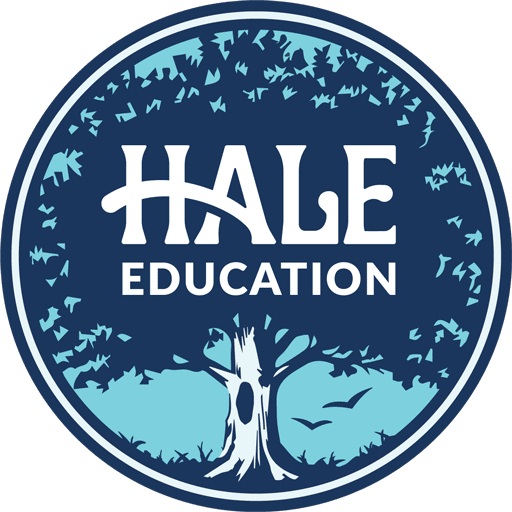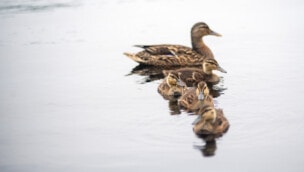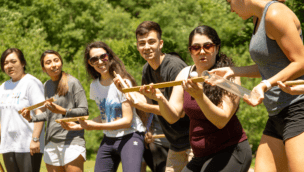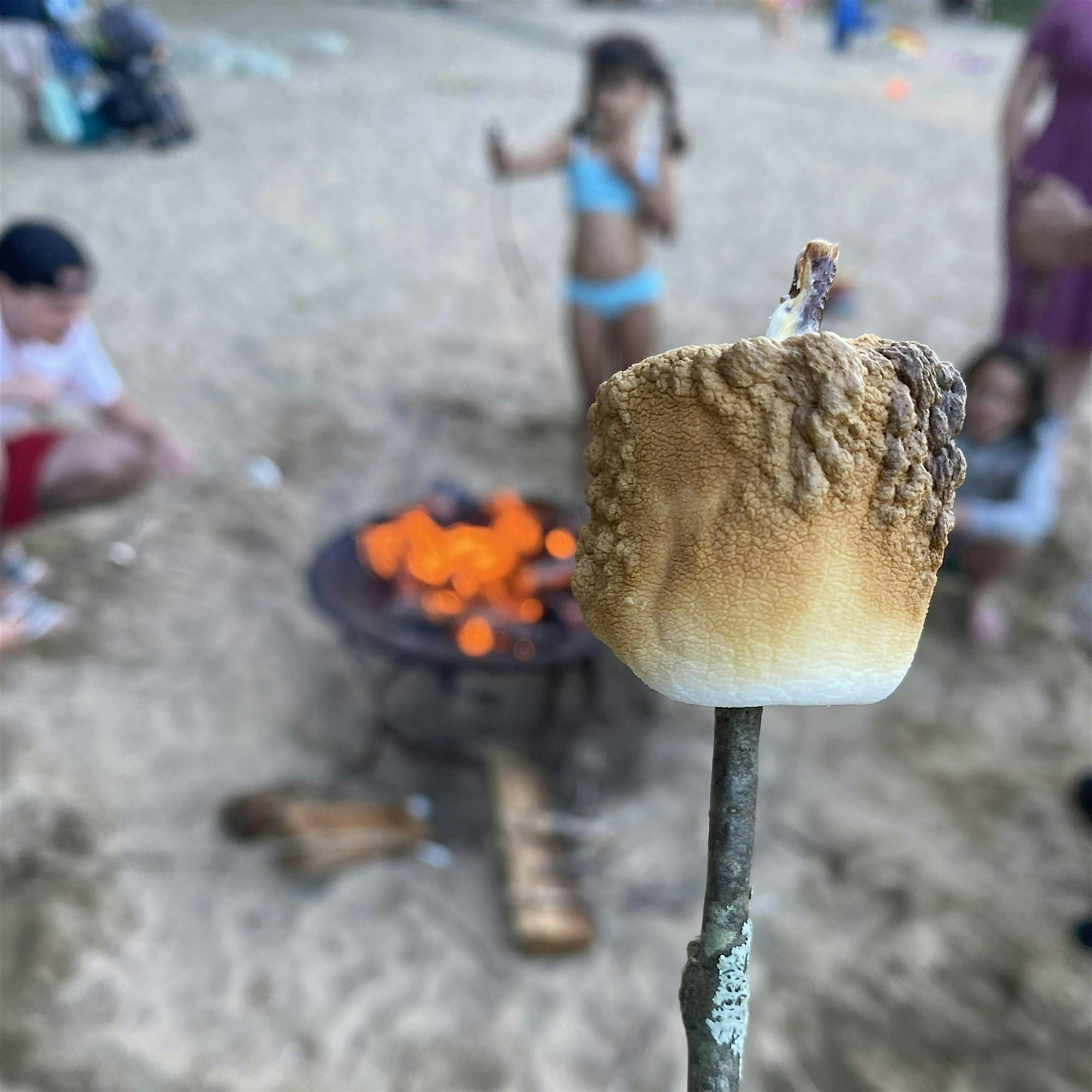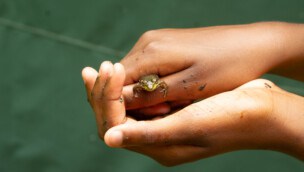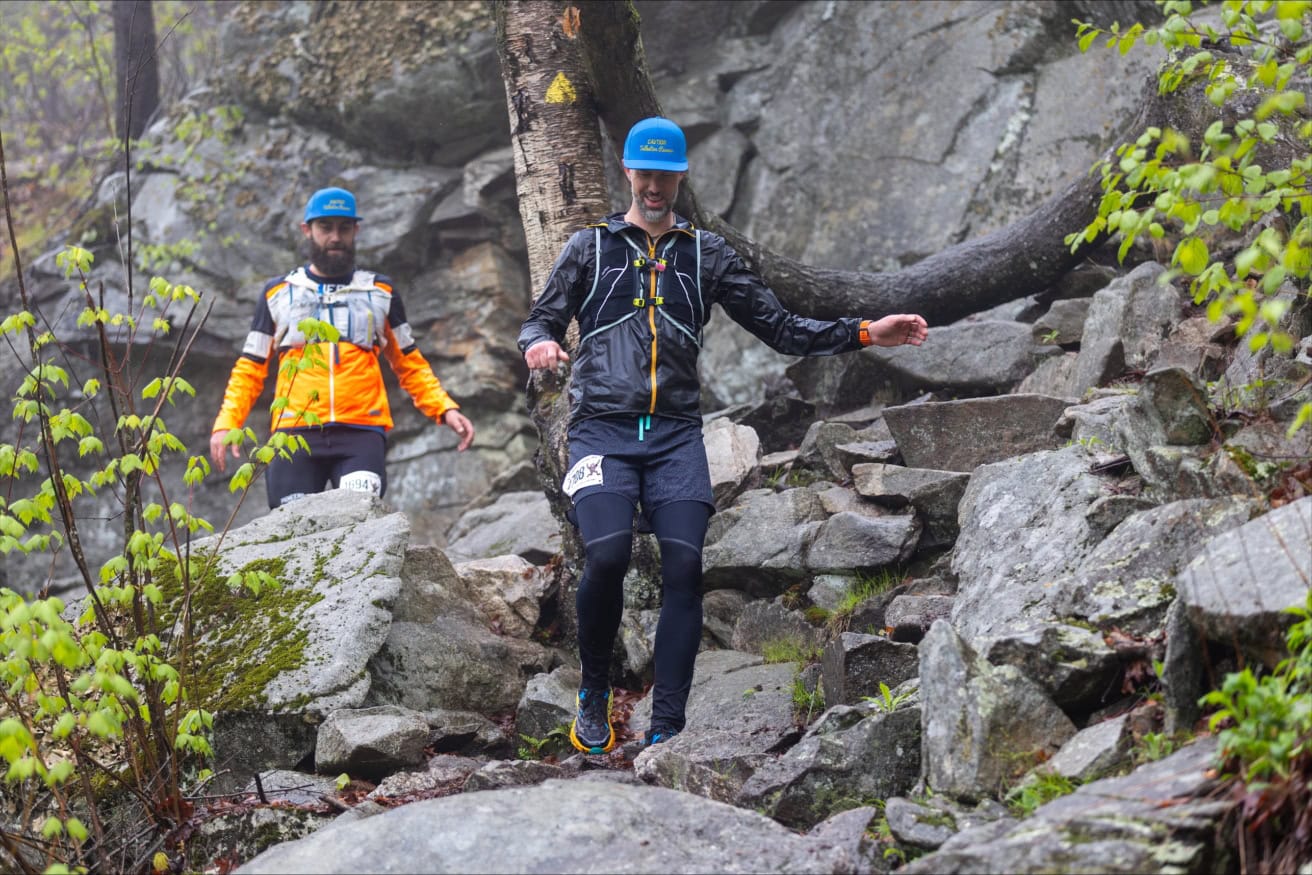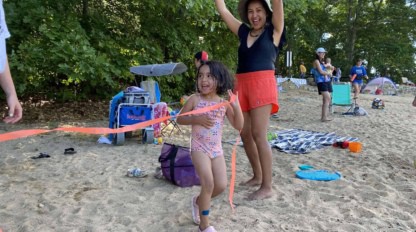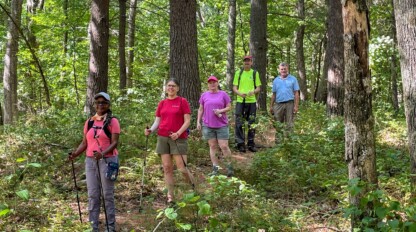The first time I ran a trail at Hale, I wasn’t thinking about pace or mileage. I was thinking about roots. And rocks. And whether I was about to twist my ankle in the next 30 seconds.
But as I settled into the rhythm of moving through the woods, breathing in the pine-scented air, listening to my feet crunch over the dirt path, something shifted. Trail running wasn’t just exercise. It was exploration. It was learning.
Whether you’re brand new to running or just looking for a reason to take your runs off-road, Hale’s 1,200-acre property is an ideal place to begin. You don’t need fancy gear or marathon goals. All you need is a sense of curiosity and maybe a pair of trail shoes that can handle a few muddy patches.
Start Simple. Stay Curious.
If you’re used to pavement, trail running can feel like entering a different world. It’s softer underfoot, which is easier on joints, but it’s also more unpredictable as you navigate rocks, roots, and sometimes wildlife. That’s part of the fun and part of the learning.
Begin with familiar, well-marked trails. The Page and Sadie Trail is a great place to start. It’s 1.7 miles of relatively even terrain looping around Noanet Pond with stunning water views. Or try the Oak Hill trail, which offers a little over 2.1 miles through more remote forests (but keep an eye out for mountain bikers, as Oak Hill’s side trails are especially popular for riding).
At Hale, the trails aren’t just places for exercise; they’re outdoor classrooms. As you run, notice the shifts in terrain, the way water pools after rain, or how pine needles soften your stride. Every step teaches you something new about the land and yourself.
What to Bring (and What to Leave Behind)
You don’t need much to trail run, but a few things make it safer and more enjoyable:
Don’t forget to check the weather and trail conditions before you go. Hale discourages trail use during “mud season” in early spring, which prevents erosion on slipper trails and helps preserve fragile ecosystems.
Listen to the Land and Your Body
At Hale, we practice what we teach: respect the land, and respect yourself. That means following Leave No Trace principles, staying on designated trails, and giving wildlife plenty of space.
It also means knowing when to push forward and when to slow down. Trail running engages muscles differently from road running. You might need to walk the hills, pause to catch your breath, or even turn back early. That’s okay.
Every run is progress.
And every trail tells a story — so be sure to slow down and listen.
Make It Your Own
There’s no one way to trail run. You might run solo, using the silence to recharge. You might bring a friend and turn your run into an impromptu nature lesson. You might run a mile, stop to skip stones at Noanet Pond, then call it a day. All of it counts and has its benefits.
Over time, you’ll start to see familiar paths in new ways. You’ll learn when the frogs start singing. You’ll notice how the air smells different in August than it did in June. You’ll pick up on the patterns of the forest, and maybe even your own.
A Trail Worth Taking
Trail running isn’t about being the fastest or going the farthest. It’s about moving through the world with purpose, presence, and just a little bit of grit. At Hale, it’s also about connecting with a place that’s been intentionally protected so people like you can explore, learn, and grow.
So lace up your shoes. Fill your water bottle. And start with one step.
We’ll see you on the trail.
To learn more about Hale’s trails, public use guidelines, and more, be sure to review our Visit page before your run.

